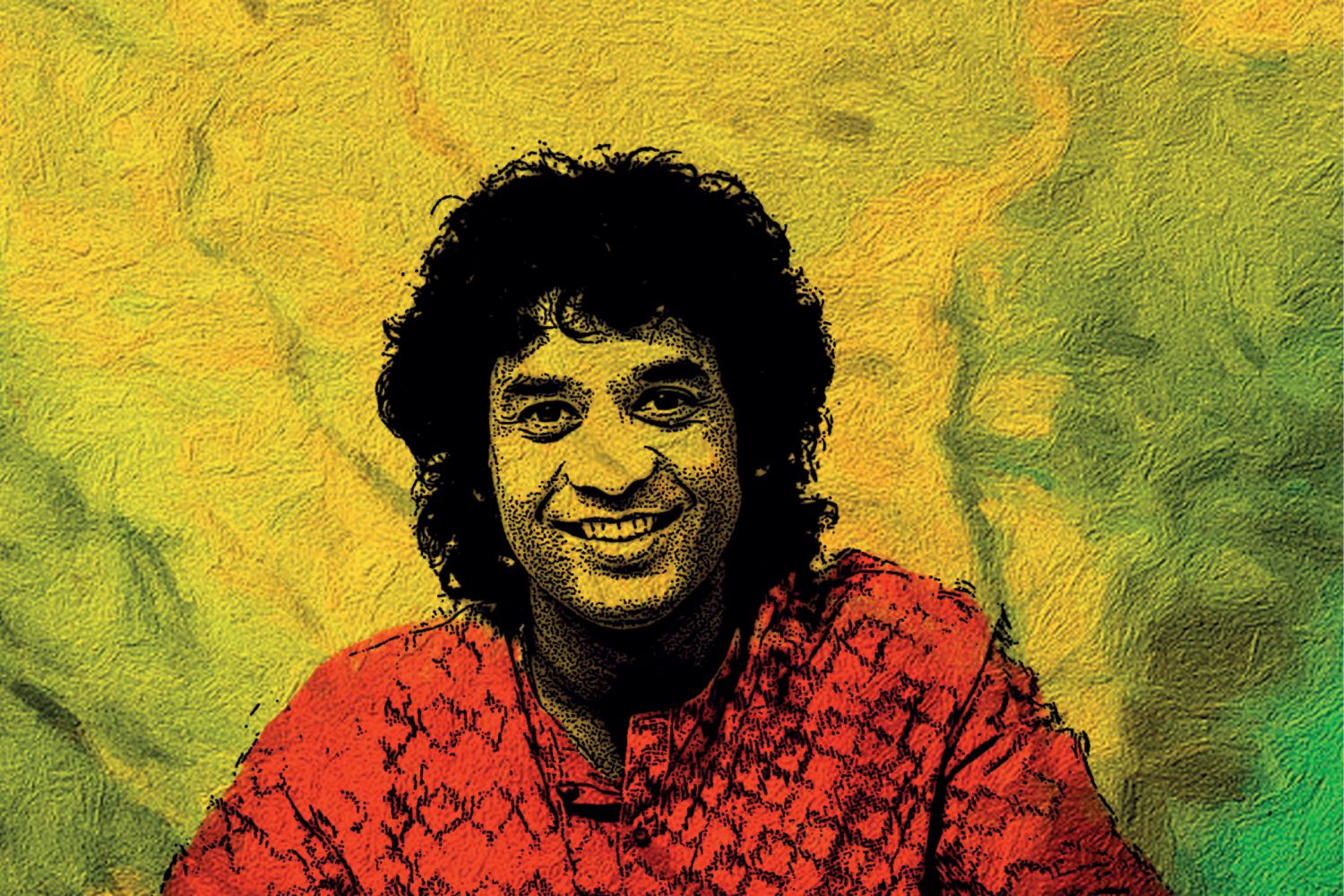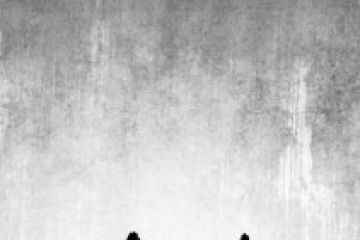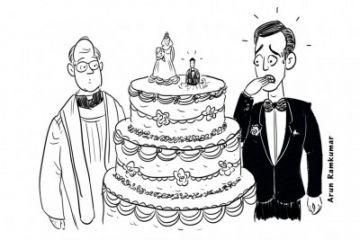
Ustad Zakir Hussain is the last of the great tabla players in
Hindustani music, and the most eclectic in temperament. His father Ustad
Allarakha Qureshi of the Punjab Gharana of tabla and pakhawaj playing of Mian
Kader Baksh composed the music for 34 Hindi films to augment his meagre income
as an accompanist in Bombay, from the late 1940s into the 1950s. He lived in a
modest flat in Mahim, where he taught his sons Zakir, Fazal and Taufiq.
Although all were talented, Zakir was blessed with t
Continue reading “Finding his own way in a world of tradition”
Read this story with a subscription.





